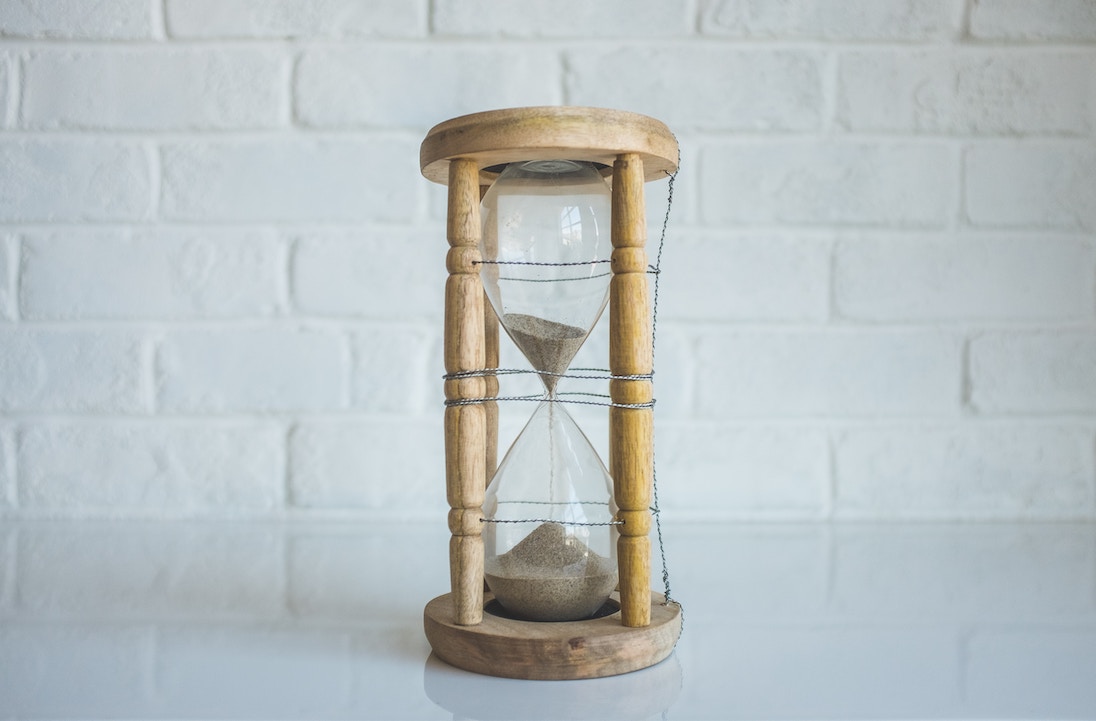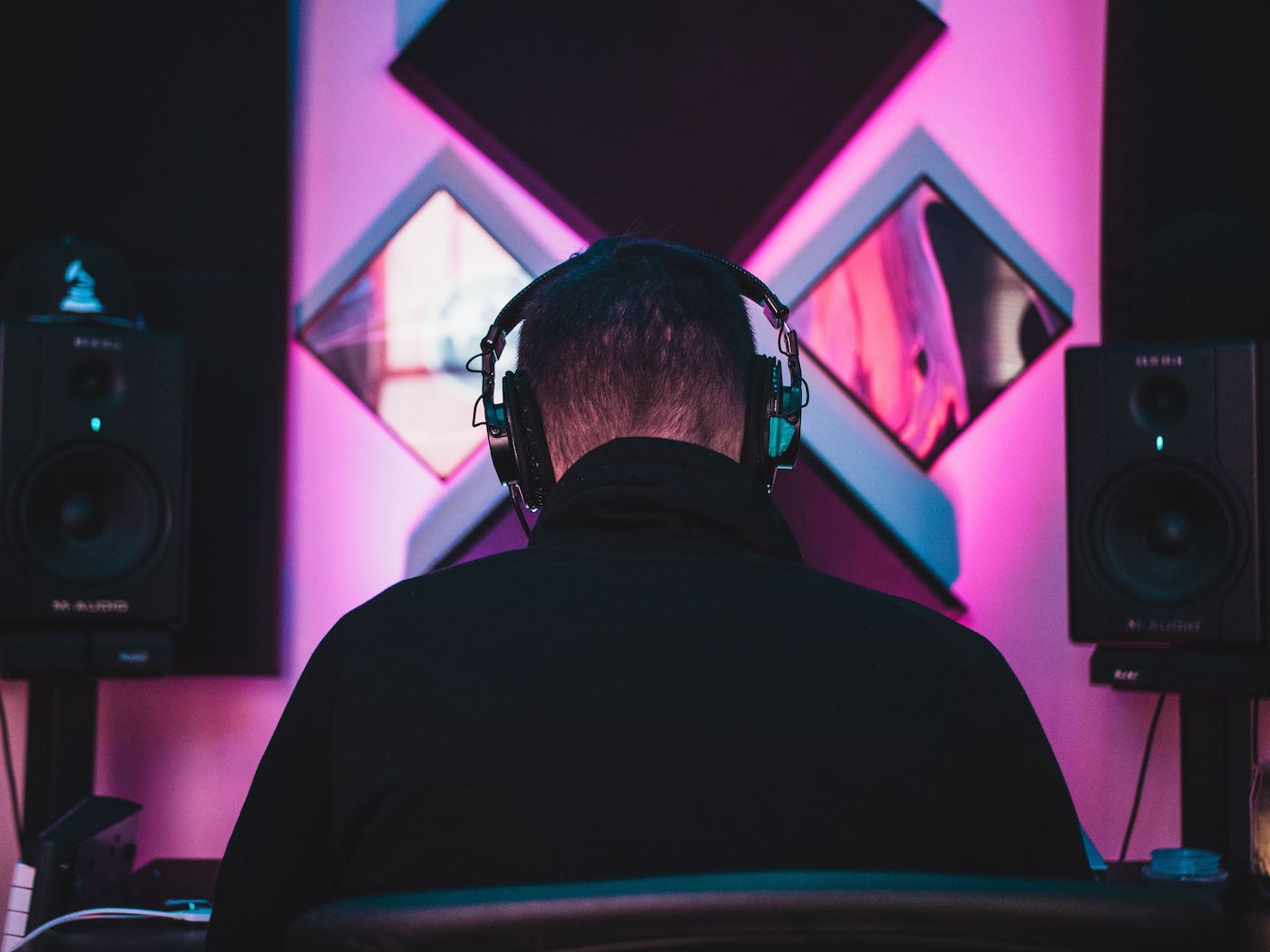We’ve all been there, after that initial burst of inspiration you’re left with an 8 bar loop of music – and it sounds awesome. The only problem is where to go next? No matter what you do, you can’t come up with the next section of the track, you’re not even sure how the song builds into your 8 bar loop. And as you sit there, the loop repeats and repeats and repeats. Minutes become hours, hours become days. The seasons change. And yet the loop continues. The hope of ever actually finishing your track is now but a distant dream. You give up and save your creation in a folder full of the other similar loops that you’ll ‘definitely revisit and finish one day’, despondently close your DAW and hope that tomorrow will be more fruitful.
 This may have hit a little too close to home for some of you, but fear not, help is at hand! Some days everything just flows naturally and your initial seed will grow into a full track in a matter of hours. Other days, however, nothing seems to work no matter how hard you try. This can be one of the most frustrating things about making music and it’s an affliction that all musicians have suffered from at one point or another. Thankfully, there are ways to break through the creative block when it does strike and so we’ve drawn up a list of five different things you can do to break out of the creative rut and start finishing tracks.
This may have hit a little too close to home for some of you, but fear not, help is at hand! Some days everything just flows naturally and your initial seed will grow into a full track in a matter of hours. Other days, however, nothing seems to work no matter how hard you try. This can be one of the most frustrating things about making music and it’s an affliction that all musicians have suffered from at one point or another. Thankfully, there are ways to break through the creative block when it does strike and so we’ve drawn up a list of five different things you can do to break out of the creative rut and start finishing tracks.
1. Subtractive Arrangement
A common mistake musicians make once they have that initial loop is to then try and write the next section of their track by composing an entirely different 8 bar loop and trying to get the two to match up. This can work but also lends itself to creating tracks that don’t flow particularly well and are very ‘block like’ in terms of their structure. Instead of trying to create something completely new, copy out your loop several times and start stripping out parts. For example removing layers of percussion, or perhaps all of the drums for several bars will help bring variation and structure to your track.
2. Copy Other Song Structures
Talent borrows, genius steal. Don’t be afraid to take inspiration from other works, not everything you do has to be completely original, if it was then you’d never finish a track. Obviously I’m not suggesting you completely rip off the melody from another track, but copying one of your favourite tracks structures can be be a great way to break through that creative block. Just your chosen song into your DAW and map out the sections of the track. How long is each section? How many different sections are there? Then all you need to do is copy this structure exactly with your own track. Of course the end result will likely sound completely different as it’s only the structure that’s the same.
3. Oblique Strategies
Way back in 1975, Peter Schmidt and Brian Eno published their first set of Oblique Strategies cards, a method that the two had already been using for a while as a way to help inspire themselves and other artists and musicians. Each card comes with it’s own abstract direction such as ’emphasise the flaws’ and ‘breathe more deeply’. All the user needs to do is pick a card at random and then try and apply the direction as best they can to their own work. Of course, you might not have a pack of Oblique Strategies cards to hand, but there are online versions of the Oblique Strategies cards that allow you to randomly pick a card to help get your creative juices flowing and can be an interesting addition to your songwriting workflow.
4. Less is More
Working within a DAW offers you endless possibilities: countless plugins and apps, infinite samples and the ability to stack track upon track, limited only by your device’s processing power. But all of this can often be overwhelming and seeing pictures of famous producer’s setups only perpetuates the myth that you need to be using loads of gear to make good music. Try imposing some limitations on yourself as this forces you to think creatively. Perhaps limit yourself to only having 5 different elements in the mix at any one time, or perhaps only allow yourself to use one synth for the entire track (including drum sounds).
5. Take a Break
As much as it might feel like spending hour upon hour slaving away at your music is the only way to produce something brilliant, in reality you’re just going to get burned out. And definitely stop listening to that loop over and over again! You’ll only end up losing perspective completely. Go and make a cup of tea, or go for a walk somewhere quiet. You’ll come back to the track with refreshed ears and you may just have that spark of inspiration you need to finish the track.
6. Set Deadlines
It seems logical that the longer you spend on something, the better it’ll ultimately be, right? Well unfortunately this just isn’t the case with music, and having an infinite amount of time to finish off your track can be more of a curse than a blessing. When you’re under time pressure you don’t have the luxury to keep ditching ideas and spending hours searching for the perfect shaker sample. Instead, you’ll be forced to work quickly which can help keep the inspiration burning and prevent you becoming bored with your track. As Leonard Bernstein once said “To achieve great things, two things are needed; a plan, and not quite enough time.”
7. Break Your Habits
It’s easy to fall into habits when working on music, you’ll find a process that works for you and then end up sticking to it. For example a lot of producers in electronic genres will start by programming a beat first and from there lay down some chords or move on to the bass. But if you’re doing this for every track, it’ll eventually get stale and can lead to creative blocks. If you find that you’re following the same patterns a lot, try and switch it up, maybe use instruments, sounds and structures you wouldn’t normally use.
The truth is that finishing a track is a skill in itself and, like with any skill, you’ll only improve it with practice. Although can often be difficult, the more you do it, the easier it becomes. Of course, you won’t be completely happy with everything you write – no one is – but try forcing yourself to finish everything you start, and with the help of the tips above, powering through whenever you reach a creative block should be much easier.

